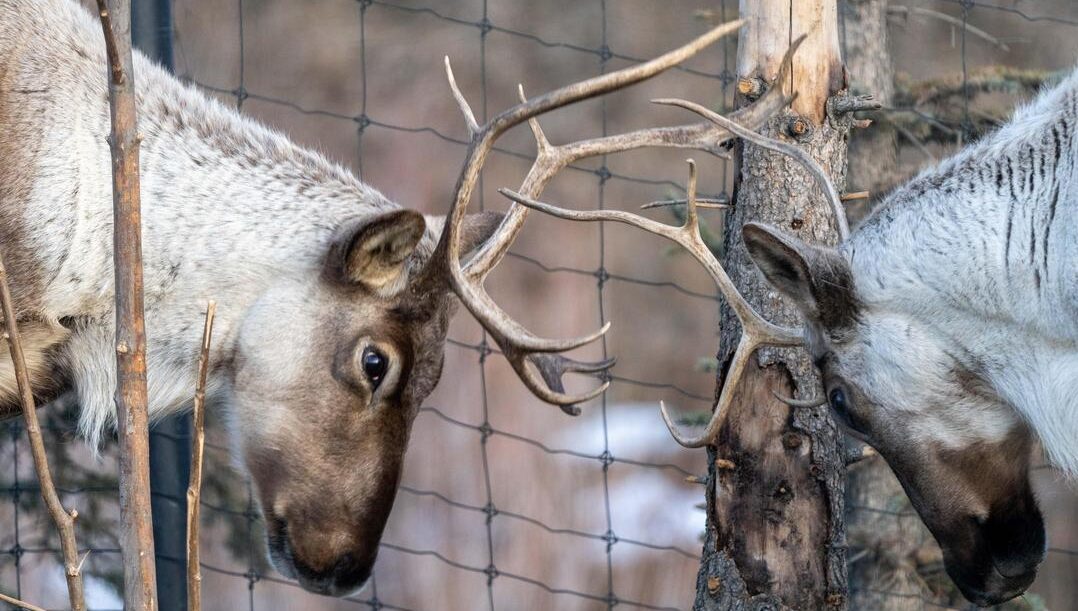Saying Goodbye to ‘Kwando’
Earlier this month, we were heartbroken to say goodbye to our male slender-tailed meerkat, Kwando. After a sudden onset of neurological symptoms, Kwando was quickly brought to our Animal Health Centre. An…
Read MoreSavannah Plain: Savannah Plains will be undergoing habitat maintenance on Friday, December 19th. Viewing of our Hartmann’s mountain zebras, East African grey crowned cranes, and our southern ostriches will vary depending on which species is given dayroom access in the Savannah Crossing building.
Seasonal Closures
Gorilla Amphitheatre: The Gorilla Amphitheatre is closed for the season from October 15th, 2025. Our gorilla troop remains viewable in their indoor habitat.
Prehistoric Park: Prehistoric Park is closed for the season from October 27th, 2025, pending favorable weather conditions.
PETRONAS Gateway to Asia Malayan Tapir Viewing: ‘Sempurna’ and her calf will have daily access to the main indoor habitat from 10:30 a.m.–1:00 p.m. They’ll also have access to their behind-the-scenes space and may choose to spend time there, especially when the calf is nursing, so viewing isn’t always guaranteed. Thank you for your understanding.
Exploration Asia
The Exploration Asia Redevelopment project is officially underway! While there are some viewing impacts in the area, you can still visit many of your favourite species.
Due to significant construction activities in and around Exploration Asia, the zoo’s West Gate will remain closed for the 2025 season and is expected to remain closed until at least 2028/2029. This necessary step supports the safe movement of visitors while we undertake exciting improvements to animal habitats and visitor experiences.
Bite-Sized
Have you ever wondered why our resident woodland caribou have antlers? Caribou are the only deer species where both males and females grow antlers!
For males, antlers are a great way to show off to females and fight off rival males, while females use their antlers to defend their young. Males will typically shed their antlers in late fall, whereas females keep theirs until calves are born in late May or early June so they can defend their food source.
